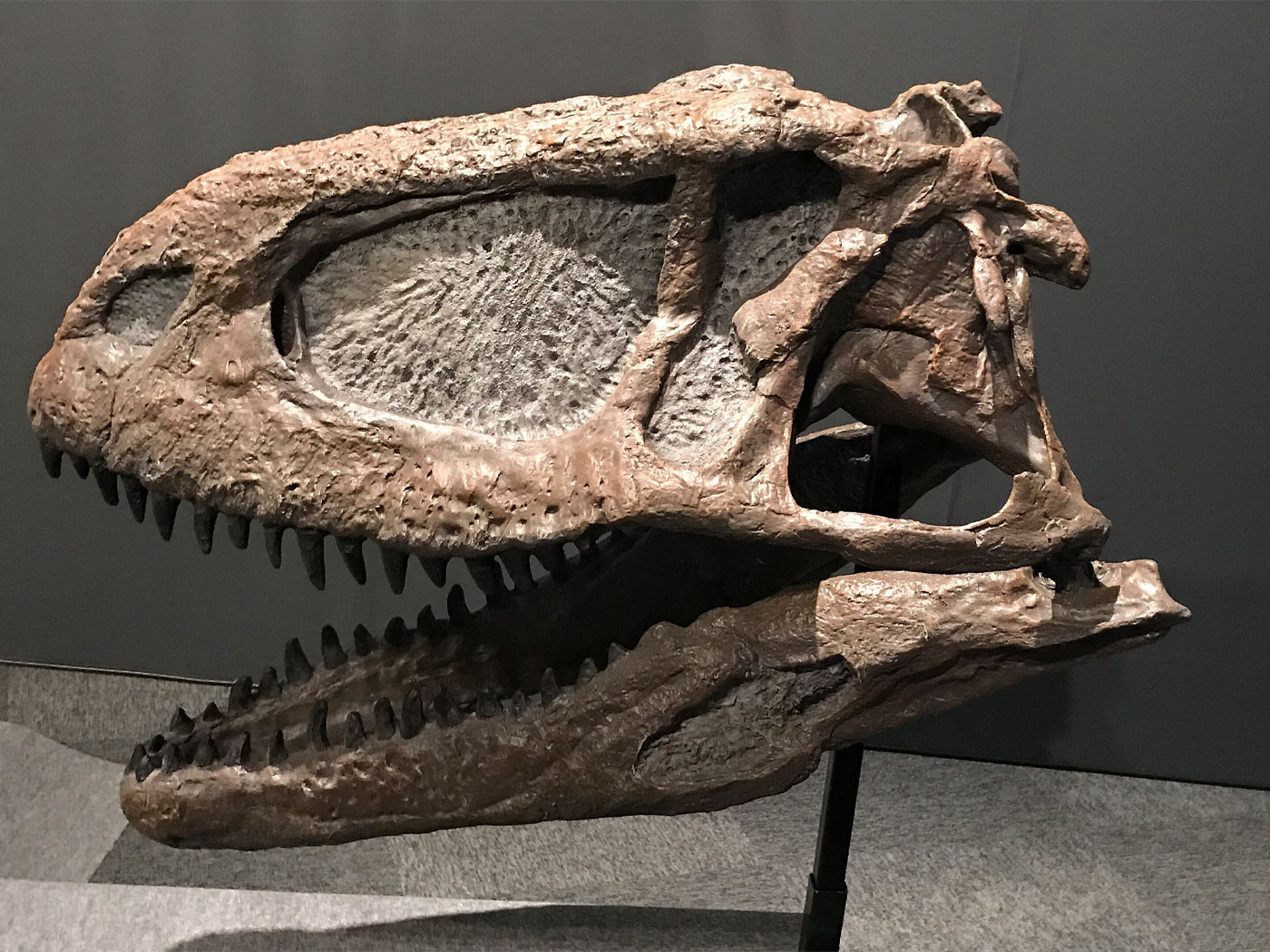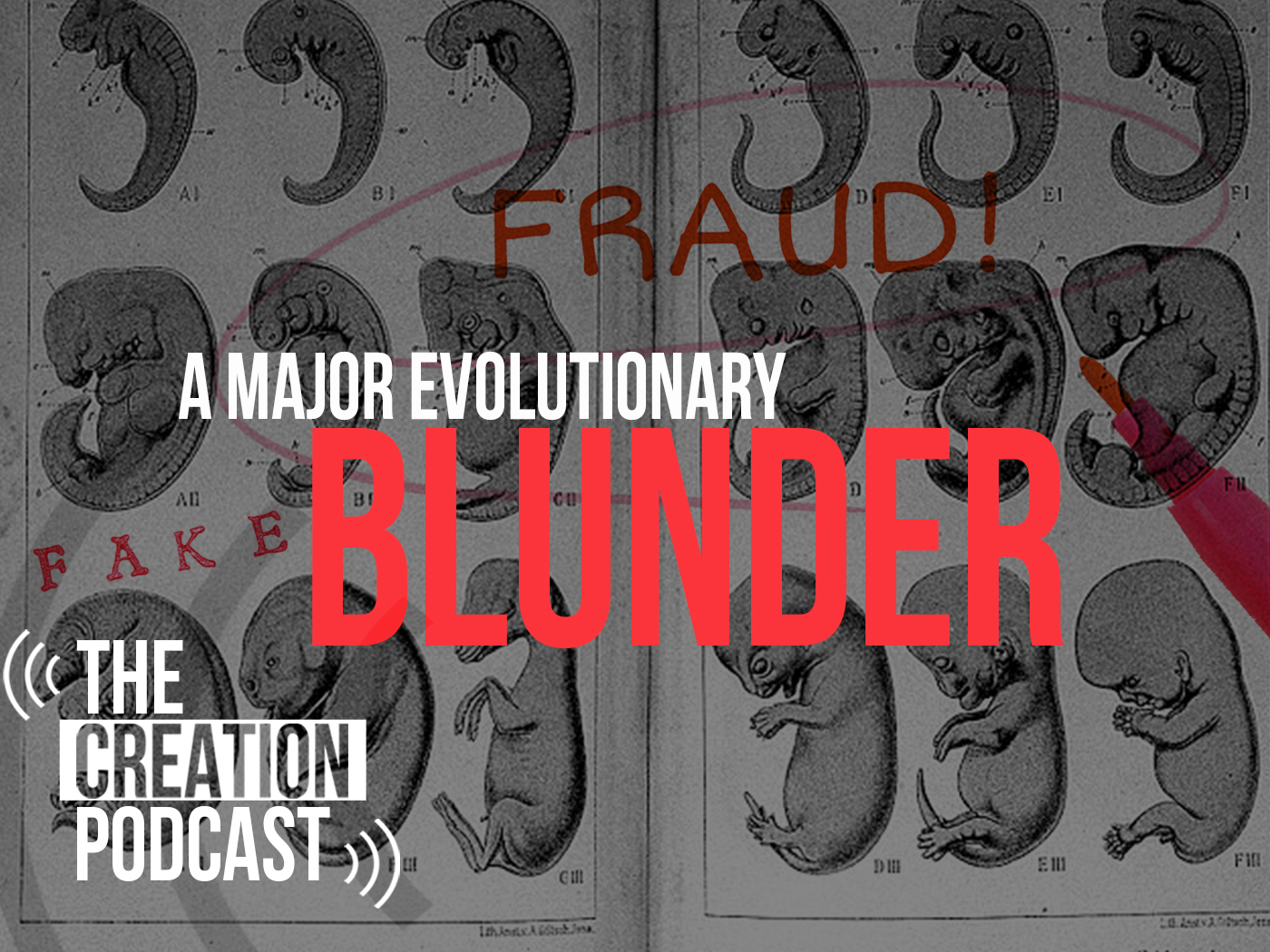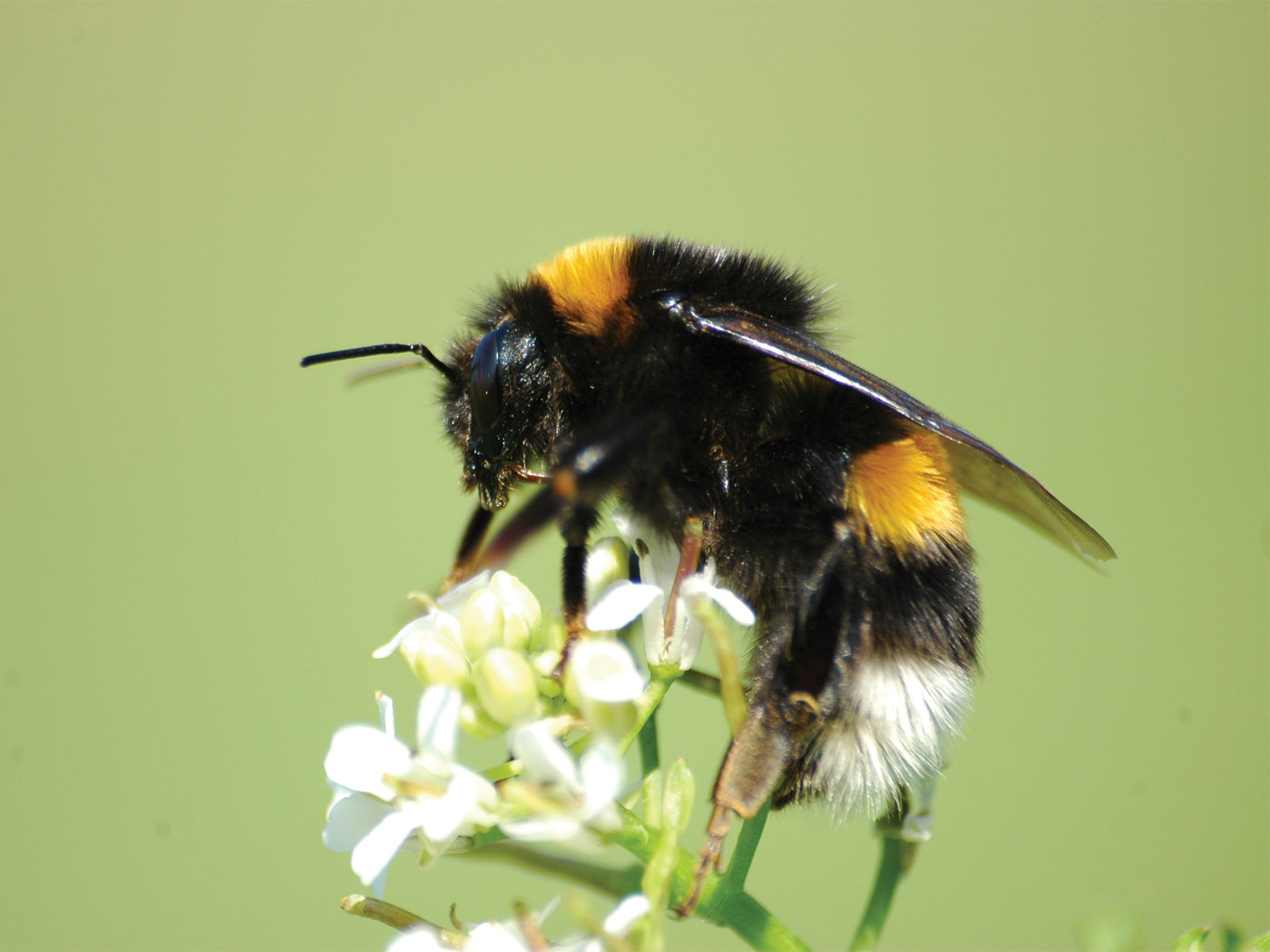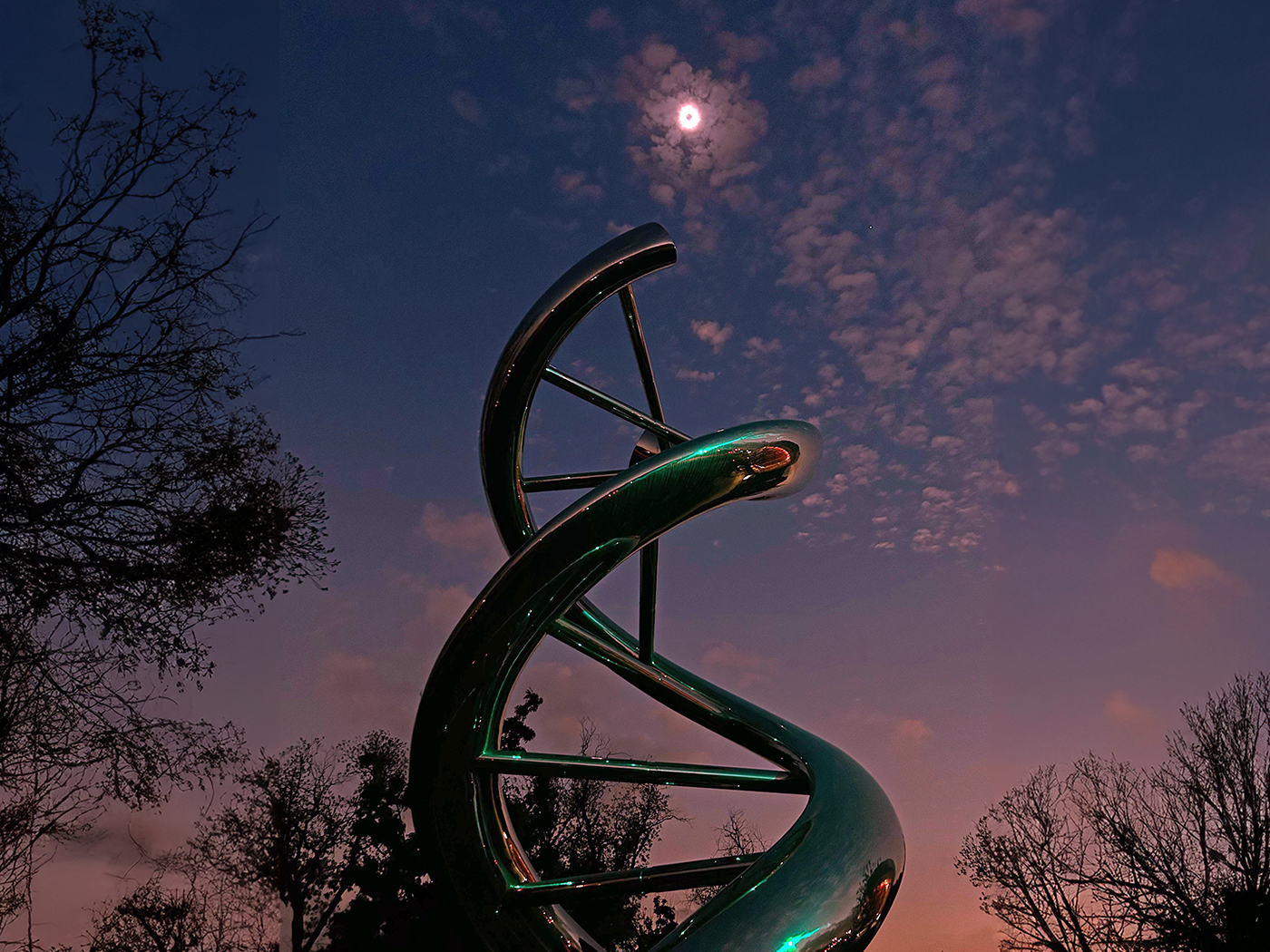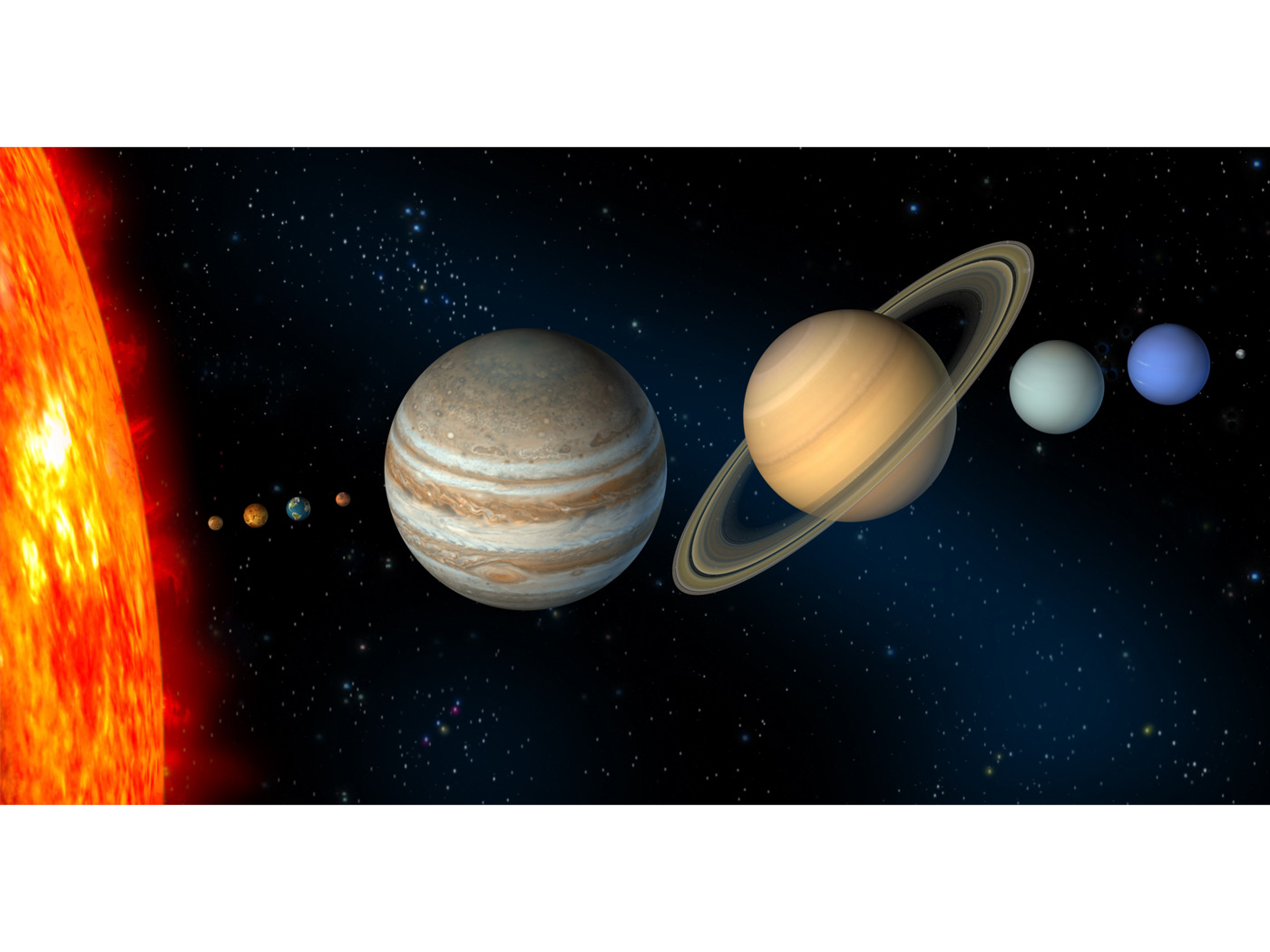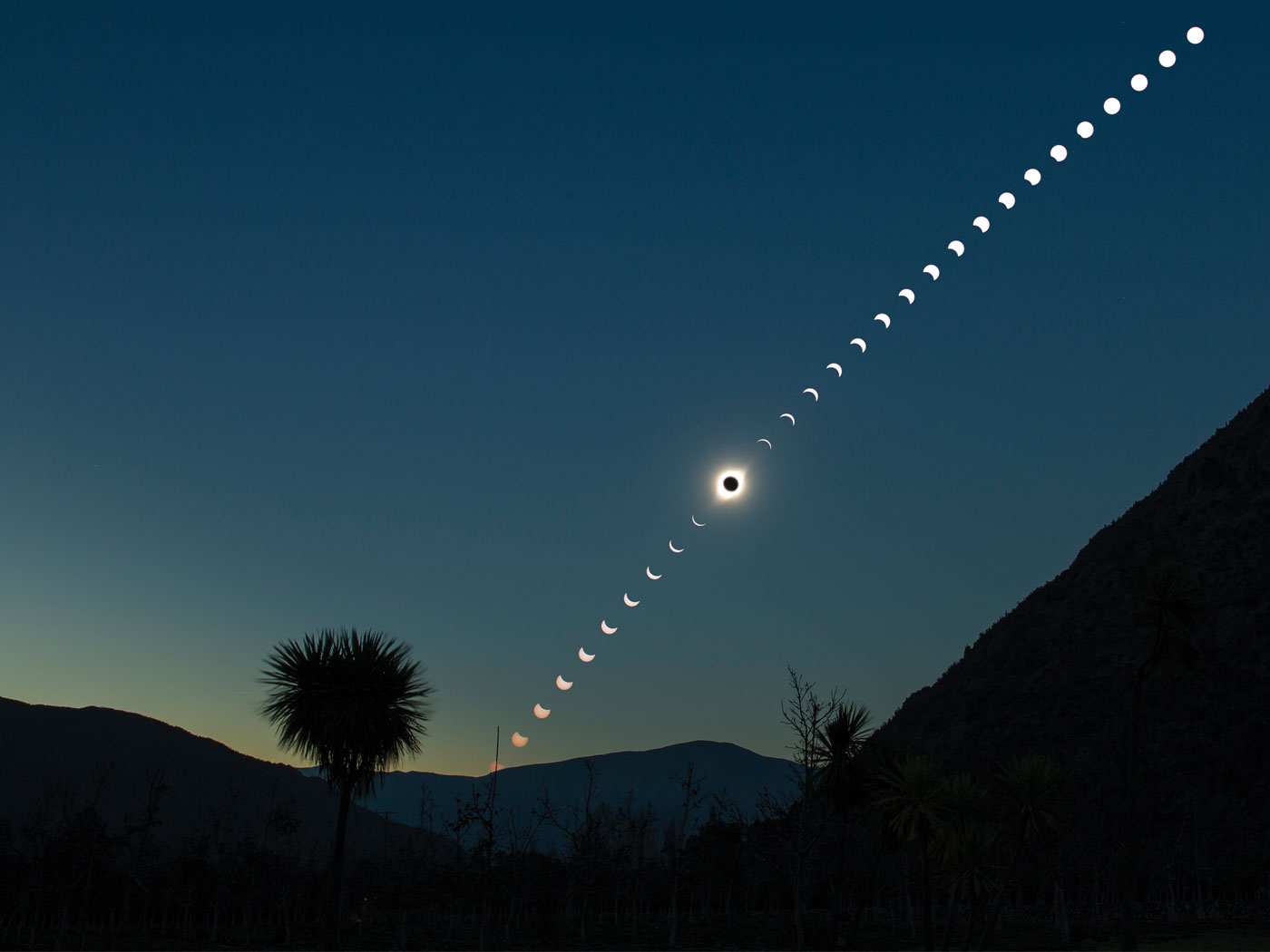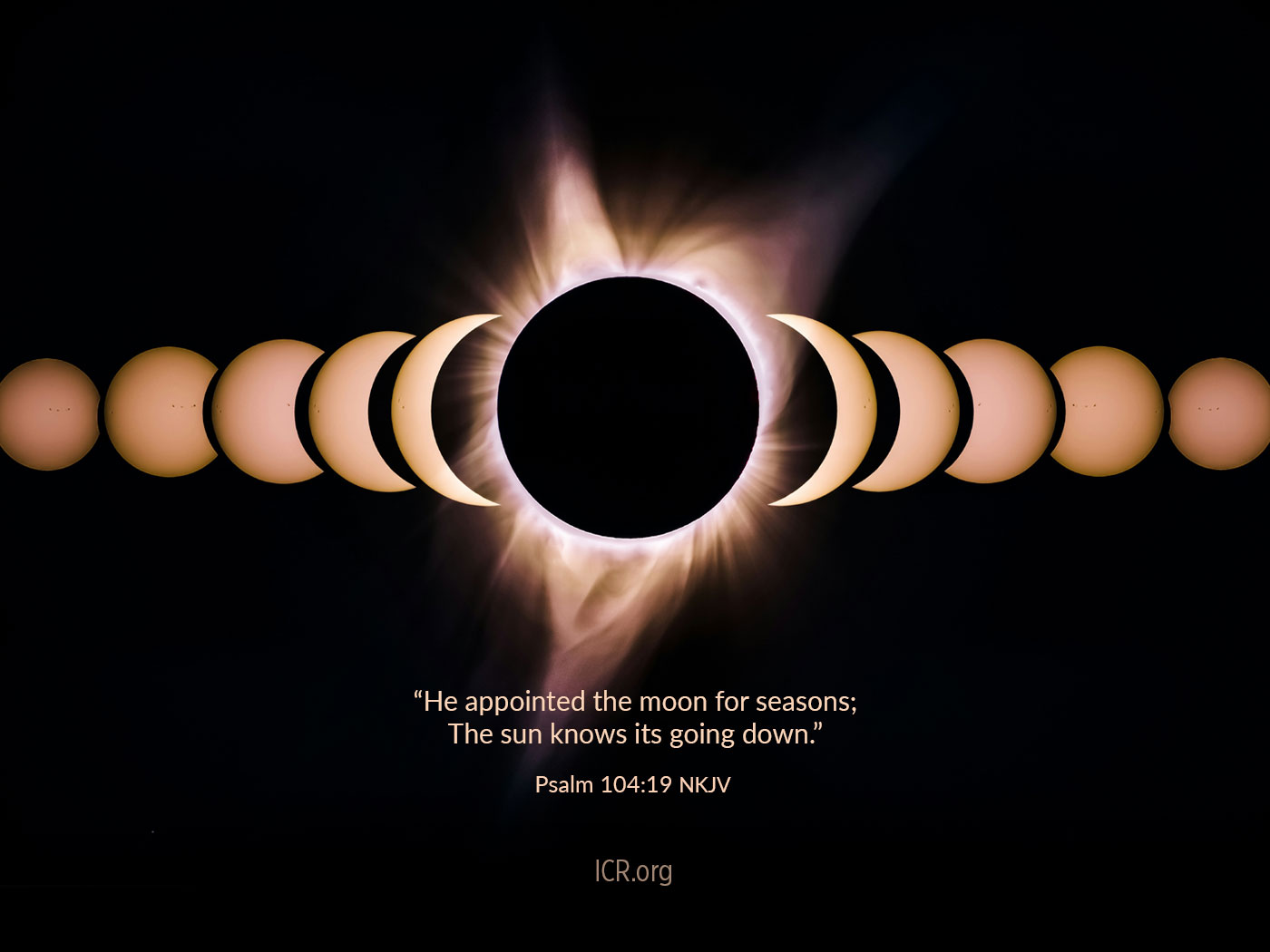Climate change really heats up the headlines. Alarmists clamor that human activity and man-made pollutants are catastrophically disrupting Earth’s weather patterns. But is it all just a bunch of hot air? Well…mostly. True, over the last century Earth has gradually gotten warmer. But around 400 years ago it cooled with the Little Ice Age, and around 1,000 years ago it heated into the Medieval Warm Period. Climate change appears to reflect the natural ebb and flow of Earth’s temperatures.
Climate change appears to reflect the natural ebb and flow of Earth’s temperatures. ![]()
Climate change zealots think it’s a critical issue that threatens the future of our planet, our children, our society, and on it goes. Many consider those who disagree with them to be dangerous—sometimes calling them science-deniers or even terrorists. Unfortunately, many proponents of climate change have been caught in blatant lies or have fabricated data to push their agenda.
It can be difficult to discern truth from falsehood. No worries, we’ve got you covered. Here are some ICR resources to help you navigate this hot-button issue.
Video
“Climate Change”
Articles
"Climate Alarmism and the Age of the Earth," by Jake Hebert, Ph.D.
“Genesis and Climate Change,” Jake Hebert, Ph.D.
“A Realistic Look at Global Warming,” Vernon Cupps, Ph.D., and Jake Hebert, Ph.D.
“Weather Channel Founder Blasts ‘Climate Change,’” Jake Hebert, Ph.D.
“Well-Known Scientist Resigns, Cites Climate Craziness,” Jake Hebert, Ph.D.
“Leaked Emails May Show Global Warming Research Is a Fraud,” Brian Thomas, M.S.
“Global Warming Halts, Arctic Ice Multiplies,” Brian Thomas, M.S.
“Important Climate-Change Realism Paper Published,” Jake Hebert, Ph.D.
Podcasts
“Genesis and Climate Change,” Jake Hebert, Ph.D.
“The Ice Age and Climate Change,” Jake Hebert, Ph.D.
For more information, see ICR’s Climate Change topic page.
Article posted on July 5, 2018.











